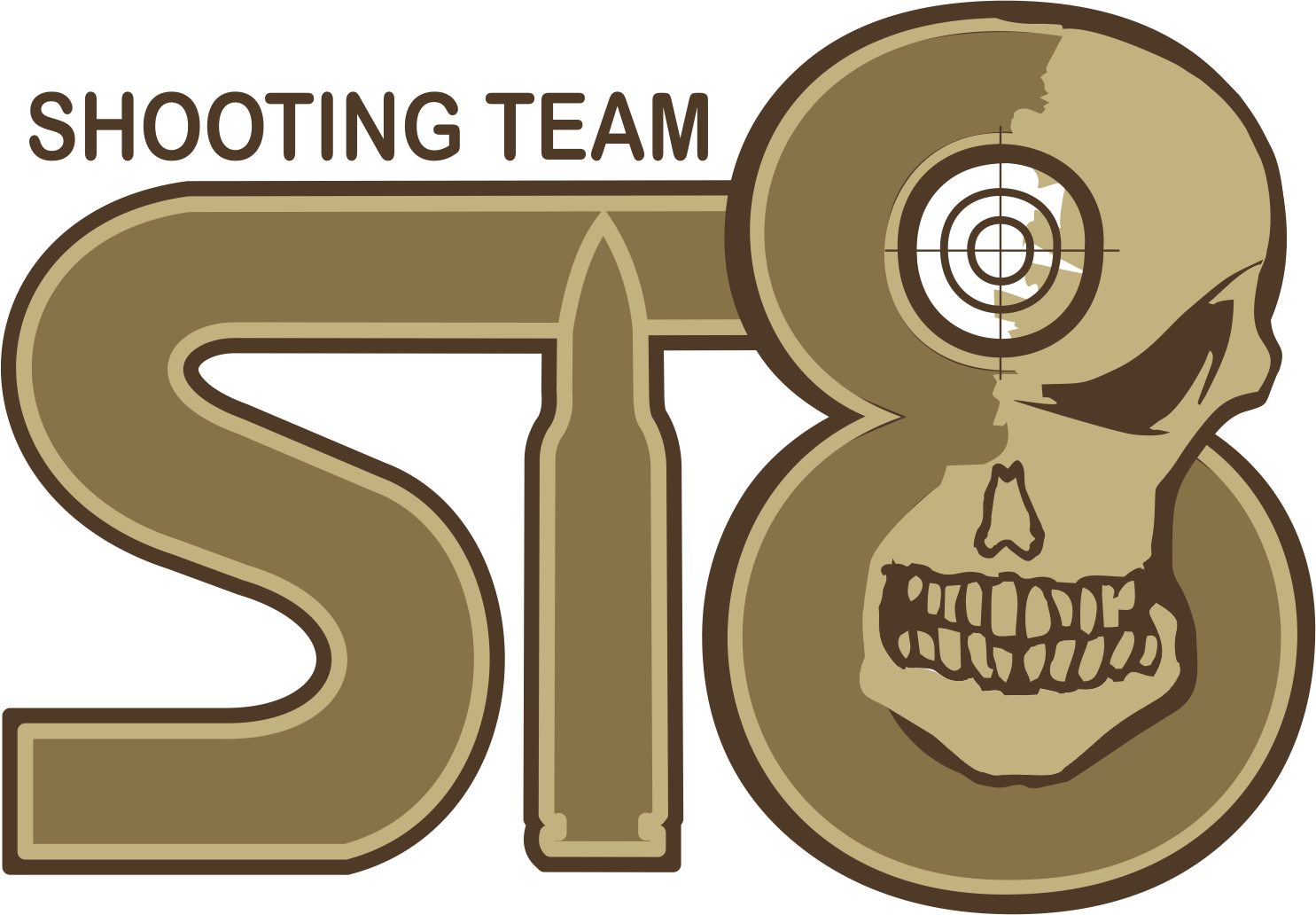Reading the wind
Reading the wind and making the right corrections is a very controversial subject and there are several different theories and approaches... But at the same time the good "wind reading" and correction for it is crucial to reach good results. Because of the wind the hits in the LR and ELR are so difficult...

Of course we all use different weather stations and anemometers. And they can tell us exactly the speed of the wind - not only the current but also the peaks and averages etc. But we are of course able to accurately measure the wind only at the shooter. But that is unfortunately not enough. If so it would be easy and everyone would have good results...

The problem is how to determine the air behavior between us and the target. Sometimes we have the possibility to use some indicators such as flags, grass, trees and leaves on them. But sometimes it is not possible as here. Here we shot high across the valley...

And then it's time for "spells and magic"... We just have to "guess" it. It is the truth what some people say: "Ballistics is a science. It can be calculated. Wind... ...is a voodoo..."...
Most often we try to estimate the effect of the wind by observing the mass of air between us and the target when it comes to estimating the direction of its movement and speed. Another option is to observe the hits on the target and correct for them or observe the path of the bullet flight...
This is a video from a competition where you can see how we need to respond to changes in the air movement. Within two minutes of shooting the direction of the wind has changed completely ... It is also clear that it is difficult to measure with the weather station. Fortunately - today it is also possible to have a weather station that has a ballistic application in it and it can directly display the correction in real time. But the fact remains that the shooter must concentrate on very many things at once...
After the release of this video a passionate discussion began. Especially by the proponents of the classic theory - that the power and direction of the wind in the first third of the bullet's flight is the most important.
However, based on my own experience with both the Long Range and Extreme Long Range shooting as well as interviews with leading European and world shooters - I tend to take the opposite view... That the shot will be more influenced by the action of the wind not so much at the beginning of its path as much as its speed and Ballistic Coefficient drops and is thus more prone to wind drift. So rather after the first third of the flight... Such a bullet behavior is commonly and often observed when shooting long distances.
Even ballistic experts and authors of various publications and theories themselves admit that they cannot confidently determine all the factors and phenomena so their research continues...
Unfortunately I am not able to shoot better video with our equipment but perhaps this is enough. I wanted to show what we see very often...
The video shows the flight path of the bullet (and even for a moment the bullet itself) when shooting at 1400 meters. What is best seen is the wake behind the shot - that is its footprint. Unfortunately it is only visible here in the ascending part of the flight. The angle is too steep when descending. The flatter curve would be easier to see.
The wind is about 2 mps and blows from the right side. Veronika corrected by the charts 0.5 MIL to the right. And up to the top of the flight path it is possible to see that the bullet is still flying about 0.5 MIL to the right of the target. The wind (movement of the air mass) will carry it to the left in the descending part of the flight and the hit is just next to the target on the left... It is clear from the bullet path that the wind is blowing along its entire flight not only in the descending part.

In the red circle it is possible to see the bullet itself at the highest point of its track (in the case of magnum calibers and larger distances and in the case of favorable observation conditions - the bullet itself can be seen which is confirmed by many shooters).

According to ballistic charts it is about 800 meters away. Thus it reaches its highest point at a distance of approximately 60% of the total distance. The flight time is approximately 1 second. The remaining approximately 40% of the distance (600 meters) will then travel in about 1.2 seconds. The elevation at the highest point of the flight path is approximately 8 meters (these numbers are approximate and rounded. However they are very similar when using two different ballistic programs).
I'm definitely not saying we know best how to work with the wind. But some ways work better for us than others. And I hope to improve it in the future. If the air movement (wind) was constant along the length of its flight it would be enough to measure the wind at the shooter and follow the charts. But this is unfortunately not happening in our conditions and rather blows during the bullet flight from different directions, varying intensity and moreover it is constantly changing... And so it is the best option simply to start from a combination of theories, practice, experience and training.
"The wind is just damn voodoo..."
















